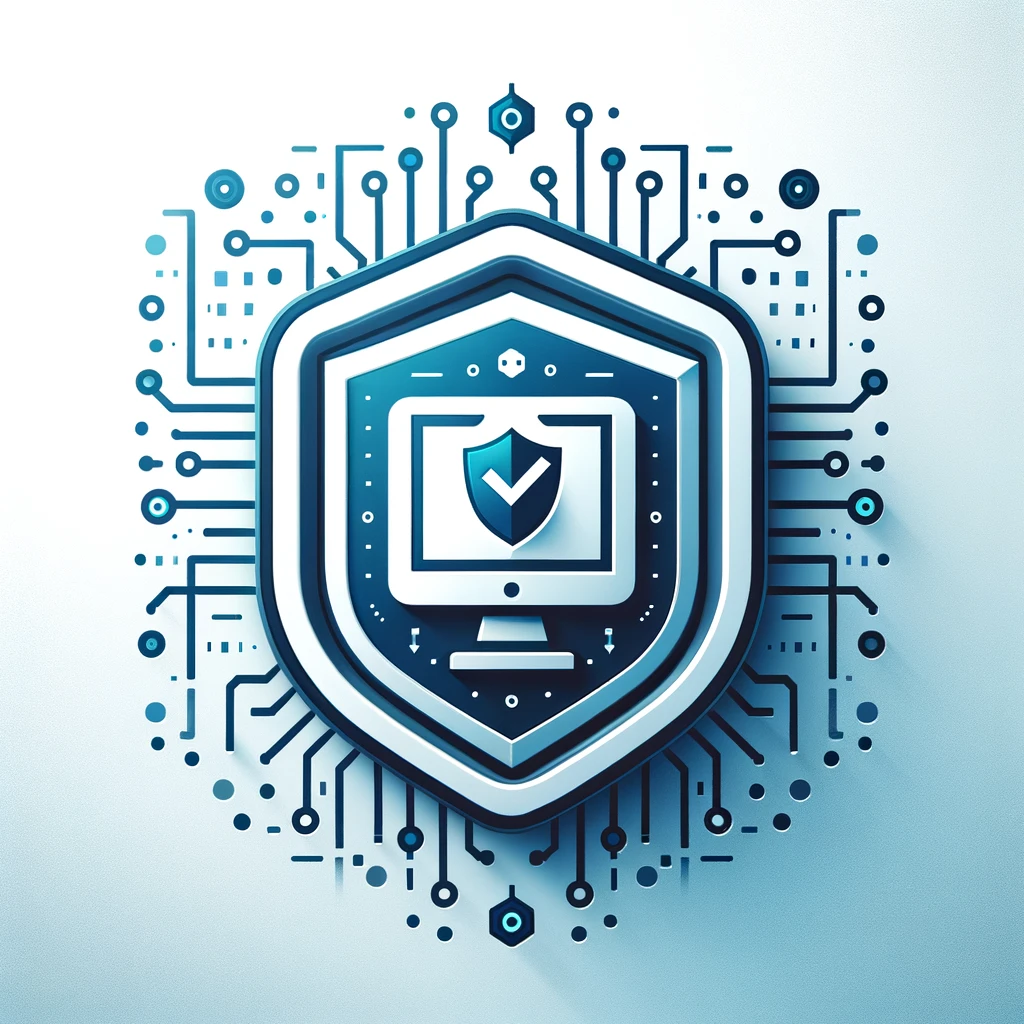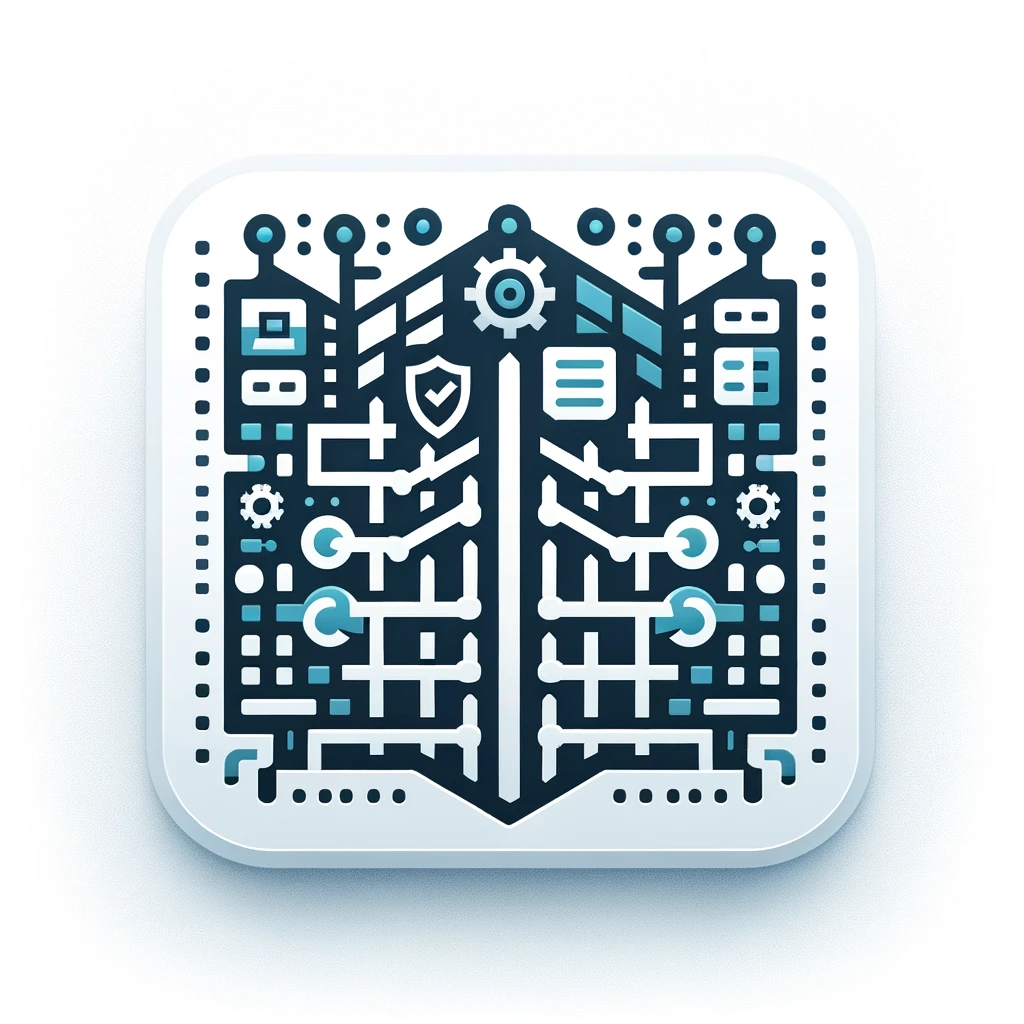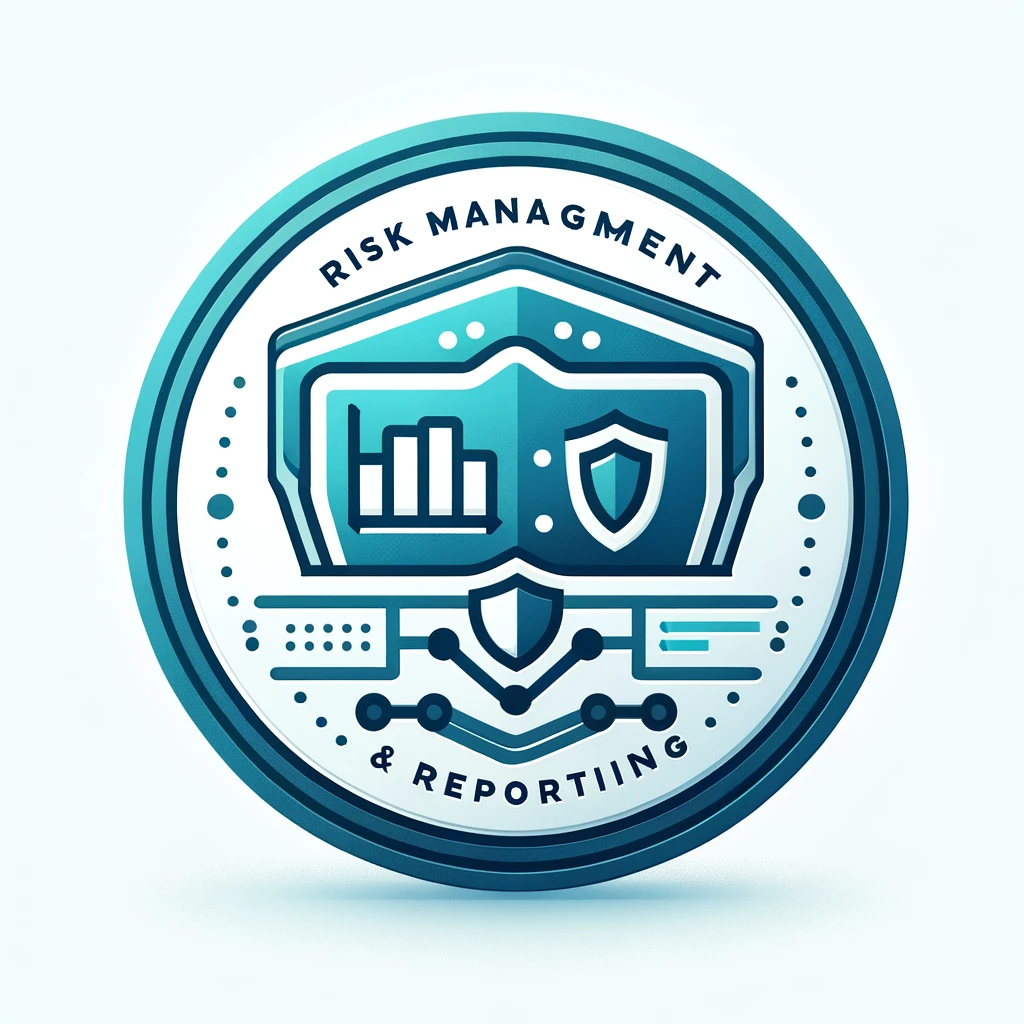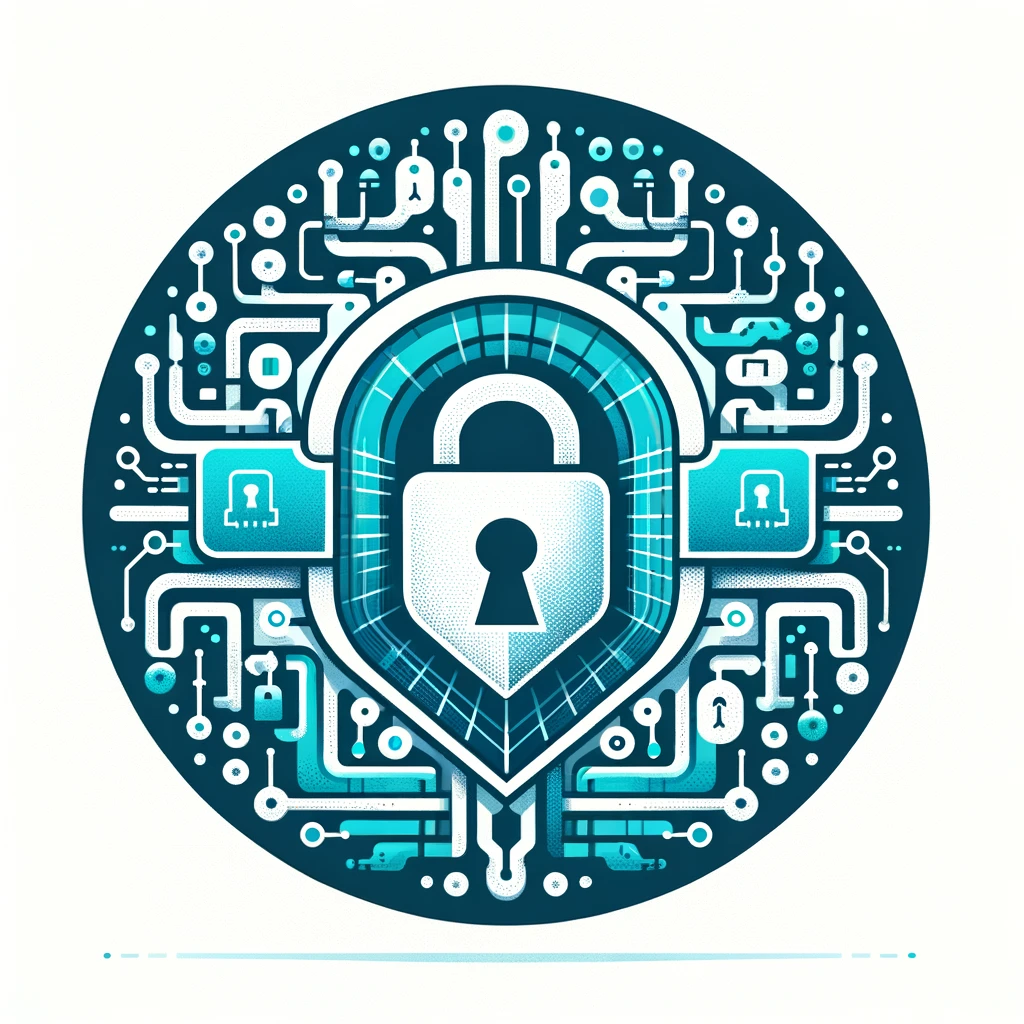Forcepoint
Protecting The Human Point
Forcepoint is one of the world’s leading providers of cyber security in the area of user and data protection. Forcepoint’s behaviour-based solutions adapt to risks in real time. They are delivered through a converged security platform that protects network users and cloud access.
Cloud Access Security Broker (CASB)
Cloud apps should be accessible as flexibly and easily as possible, preferably from any location with internet access and from any end device. However, it is precisely this simplicity of cloud access that often makes it easy for unauthorised third parties to access cloud data and misuse cloud apps. Among other things, cloud access security brokers ensure that network traffic between on-site devices and the cloud provider only takes place in accordance with the organisation’s predefined rules and policies. They are also useful because they provide insight into the use of cloud applications across multiple cloud platforms and can therefore recognise unintended use.
Application Layer Gateway
Application layer gateways are placed between the secure and insecure network; a proxy server is set up on them for each service to be monitored, which, unlike packet filtering, can be used to monitor the content. In this way, active content such as ActiveX controls or Java applets can be filtered out of HTML pages or the e-mail can be scanned for viruses.
Data Loss Prevention (DLP)
“Data loss prevention” and “data leakage prevention” are usually used synonymously, but some specialists also differentiate between them in technical discussions: “Data loss prevention” is protection against the unwanted outflow of data that causes damage and is also noticed, while “data leakage prevention” stands for protection against the suspected but unmeasurable and sometimes undetectable passing on of information to unwanted recipients.
Firewall (inkl. UTM & NG)
Modern firewall systems now offer a much broader range of integrated features in addition to the conventional functions of a firewall; UTM firewalls provide everything a security expert needs: Firewall, anti-virus, filtering features for web content,emails, application control and network functions (e.g. routing and load balancing) in just one appliance.
Network IPS
Intrusion prevention systems (IPS for short) are intrusion detection systems (IDS for short) that go beyond the mere generation of events to provide functions that can also block a detected attack. Network IPS includes all solutions that can provide centralised protection for the company network.
VPN / SSL / ZTNA
A conventional VPN is a virtual, self-contained communication network that uses an existing communication network as a transport medium. It is used to connect participants in the existing communication network with another network. In addition to traditional networking via VPN gateways, SSL VPN is also increasingly being used to connect individual end devices. With ZTNA administrators can granularly control access to internal resources and restrict access based on the client’s health state.












































